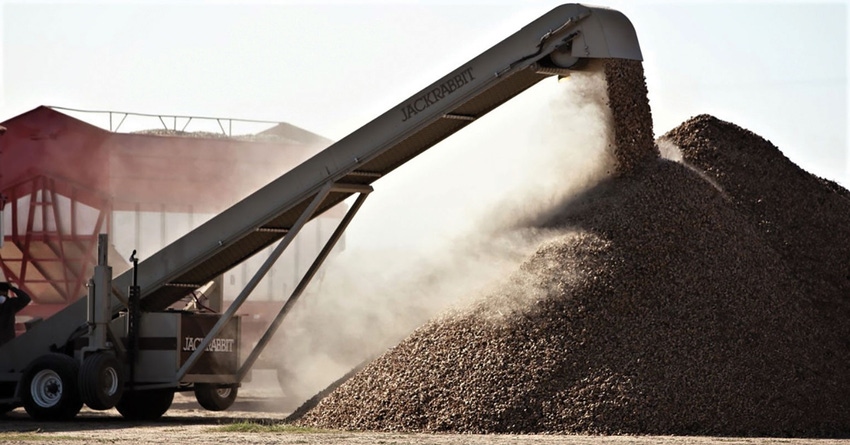
The year 2020 may go down as the oddest even-numbered year in history. And for the tree nut industry, as for seemingly everyone else, it’s been a crazy 12 months.
"In this business, every year is different, but the 2019/20 year has, indeed, been a very unique one,” said Sebastian Saa of the Almond Board of California.
Saa, senior manager, agricultural research, moderated an ABC webinar on Assessing the 2019/20 Crop Year that discussed what growers had experienced in their orchards, what lessons could be learned from the unusual crop year, and some considerations pertinent to the 2020/21 year ahead.
Luke Milliron, University of California Cooperative Extension in Oroville, noted that his phone activity increased starting in April when trees would normally be blooming and setting. The calls dealt with an undiagnosed leaf failure.
“It’s a non-genetic disorder we’ve seen before with periodic reports starting in 2000,” Milliron said. “We know it’s not bud failure because there seems to be some recovery, but we have way more questions than we do answers. We have a better idea of what it isn’t rather than what it is and we need to follow it more closely next season.”
From the start of the season, Milliron jumped to a summertime, late-season bacteria spread by leafhoppers and other vectors. “Almond leaf scorch has been an on-again, off-again problem in California for 70 years but we saw it in far more spots in 2020,” he said. “It just exploded and we’re worried about it going forward. Speculation as to its cause centers around an association with warmer conditions, especially warmer months. We’ll be watching to see if the breakout in 2020 was a one-off or if it will recur in 2021.”
The issue of climate was addressed by all the speakers with Milliron urging growers to be their best when it came to issues of irrigation where growers responding to warmer temperatures tend to overwater which causes additional problems. A good rule of thumb is too much doesn’t make up for not enough.
Other UCCE panelists, Mae Culumber (Fresno) and Katherine Jarvis-Shean (Woodland), spoke to the issue of water management. “It’s especially important during kernel fill stage and a dial-back during hull split,” noted Culumber, adding, “A lot of soil may not have had good dormant irrigation last year to meet transpiration needs.”
Wildfires and heat
“What a summer,” began Jarvis-Shean, enumerating stressed trees as a result of wildfires and heat waves and a coronavirus stress on the humans who curated them.
Worried about carry-forward damage done to crop foundation buds being laid down for next year, she said, “The 2020 heat stresses could have an impact on 2021 production as a lot of things go into slow motion or shut down due to those stressors -- reduced sugars mean less food for the buds which could result in lower bloom.”
Alluding to spurs tagging in and out, she noted: “The 2020 heavy crop load was yet another stressor meaning more spurs will tag out next year. It’s like trees running a marathon in a heat wave and post-harvest, we should give those trees a little bit of love because we want a deep bench of 2021 spurs to tag in.”
All panelists expressed concerns about the unknowns of a new season. “We know the wildfires are not going away, especially so in a projected La Nina year promising a cool, dry winter,” Jarvis-Shean said. “Make sure your soil has a full moisture profile.”
To which, Milliron added: “Invest in bees. We got lucky this past year with 6-12 frame hives at 2-3 per acre. 2021 is a new year.”
For more news on tree nuts as reported by growers and farm advisors, subscribe to the Tree Nut Farm Press e-newsletter.
About the Author(s)
You May Also Like




